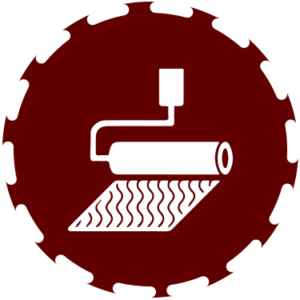1: Surface Preparation
Prior to applying any coatings, you should assure that all areas to be coated are free of dirt, dust, oil, grease, wax, rust, chalky/loose coatings, algae, mildew or any other contaminants or foreign matter that might negatively affect adhesion and proper product performance.
Roof surface should be checked for any structural issues. Any cracks, tears, breaks, blisters, ponding areas, open seams or other imperfections that may cause concerns about having a sealed, monolithic roofing surface should be addressed. The use of Armor Coat’s Armor Putty elastomeric caulking should remedy these issues in most cases. At times a polyester membrane should be used in conjunction with the Armor Putty. (It is recommended that you consult with the manufacturer when making these assessments.)
Any areas with ponding water should be addressed and leveled prior to applying Armor Coat elastomeric coatings.
Roofing surface should be completely dry before any application of Armor Coat products.
Armor Prime is always recommended as added insurance for proper adhesion.









